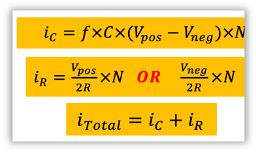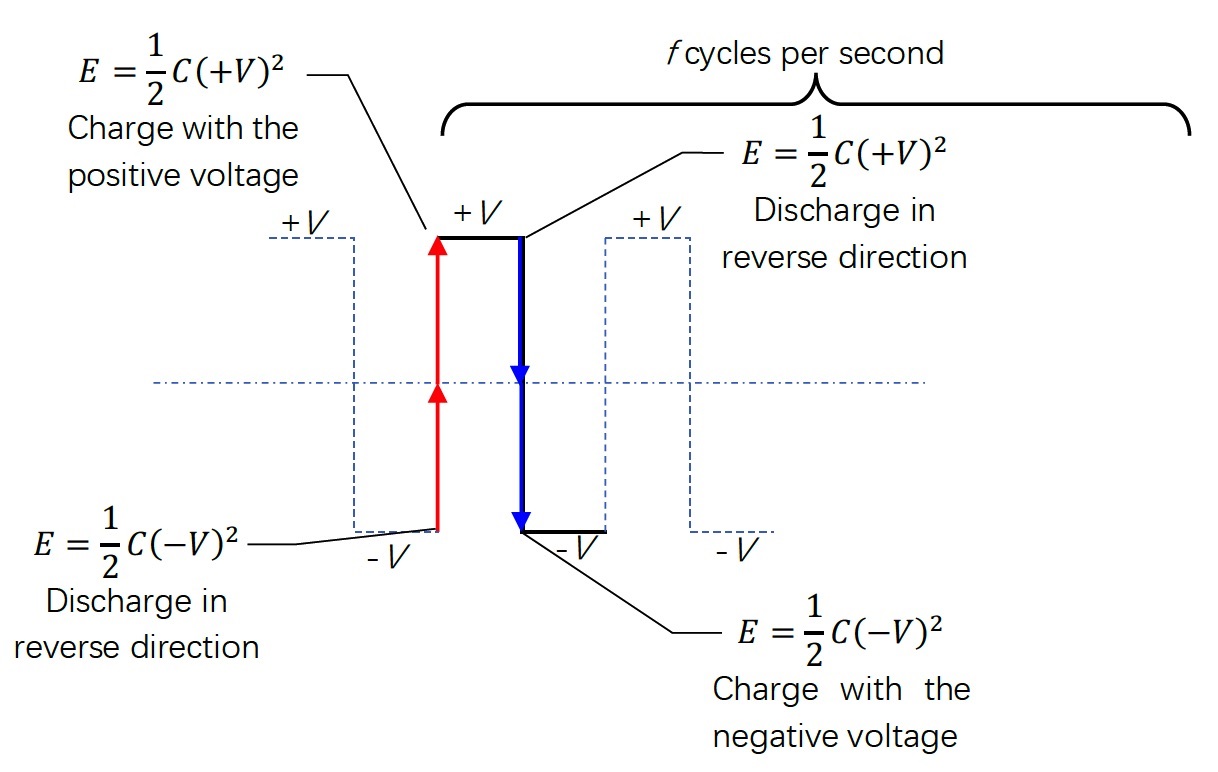Hello Sanjay
I followed your TIDA-01371 design and went through documents tiduci3a and “Driving High-Voltage Piezo sensors without using Big Capacitor banks Part-1” more than once. However, I am still confused by the calculation of the piezo current when it is driven by a pulsed source. Here is a list of questions. I wish you could pay attention to them and answer them. Your advice is highly expected and appreciated.
1. What attribute of current do we care for the sake of enough energy stored in the capacitor bank?
The transient current at the initial pulses of a pulse train? assuming the capacitive load has zero energy storage before the pulser starts to work.
The transient current at each transition between a positive high voltage level and the negative one? a.k.a. the discharging of a capacitive load when the drive voltage flips its polarity
The steady current after initial pulses in a pulse train ?It will become the fundamental wave eventually
The averaged steady current? e.g. the RMS value?
The fundamental component of the rectangular pulse in its Fourier expansion
The odd order higher harmonic components, such as THD?
2. Two formulas were cited in those 2 documents are hard to be understood.
In “Driving High-Voltage Piezo sensors without using Big Capacitor banks Part-1”, the formulas are
We know the sinusoid current through a capacitor can be calculated in this way
If the voltage V in the equation above represents the amplitude of the fundamental component of the rectangular pulse in its Fourier expansion, iC is the fundamental current which has the same repletion frequency as the rectangular pulse.
However, Vpos-Vneg, is employed in the document. What is the meaning behind?
If the driving rectangular pulse has no duty-off time. Both its positive half cycle and the negative one will make the same current Vpos/R= -Vneg/R in a shunt resistor, except their opposite directions.
However, Vpos/(2R) or Vneg/(2R) is used in the document. What is the reason behind?
The ultrasound probe cited in the document does not provide its input resistance. Is this the reason that iR is dropped in the following equation derivation?
In the following equation derivation, instead of the equation of ic, the input current if a transducer is concluded from the estimation of input power.
As we know an ideal capacitor does consume power but store and release power with a circuit. The Vpos = -Vneg=100V will not deliver that much power to a capacitor. So, what is the reason of this equation of power consumption?
In documents tiduci3a the power consumption is doubled, why?
3. Matched load at a resonant frequency
If every piezo element in an array is matched to 50Ω at the resonant frequency, shall we use 50Ω to estimate the steady input current of a transducer?
4. Not all transducer manufacture provides the capacitance of their transducer, how do we apply the power design in this scenario?
Best Regards!
Wallace






